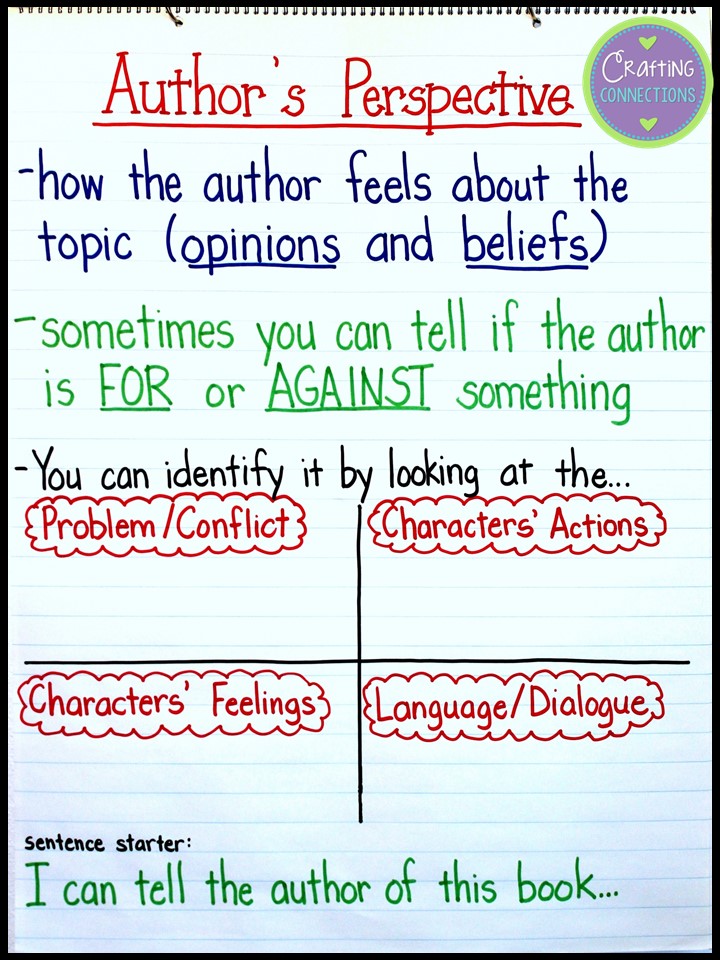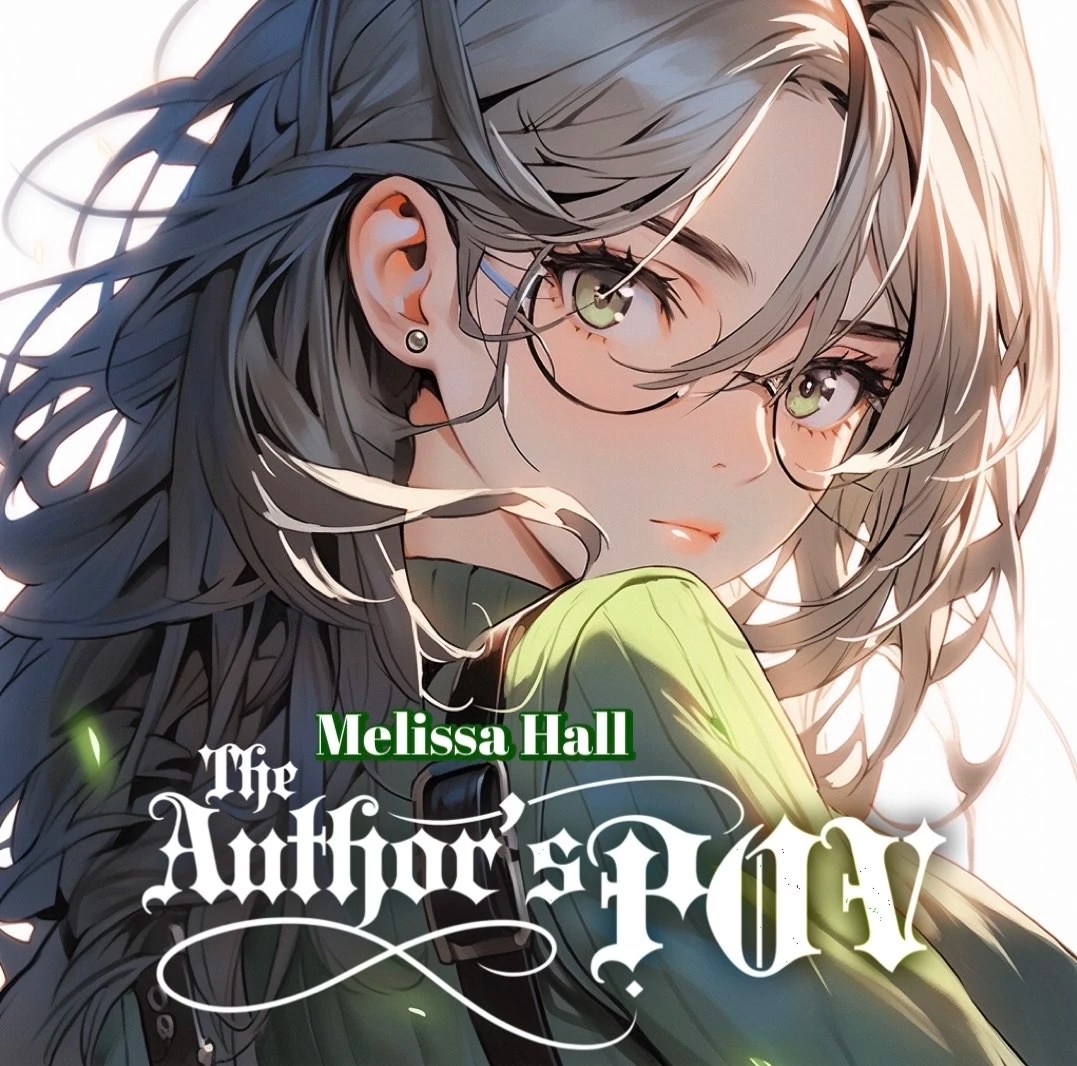Unlocking the Author's Secret Code Point of View

Ever feel inexplicably drawn into a story, like you're living it alongside the characters? Or perhaps you've felt distanced, observing events unfold like a fly on the wall. That, my friend, is the magic of the author's point of view, or POV, at work. It's the secret sauce that flavors every narrative, shaping how we experience the story world.
Understanding the author's perspective is crucial for any reader seeking a deeper connection with the text. But what exactly *is* the author's point of view? Simply put, it's the vantage point from which a story is told. It determines whose eyes we see through, whose thoughts we hear, and whose experiences shape our understanding of the narrative. From the intimate whispers of first-person narration to the all-seeing eye of third-person omniscient, each perspective offers a unique window into the story.
The history of point of view in literature is a long and winding one, evolving alongside storytelling itself. Early narratives often relied on a simple, objective recounting of events. As literature matured, so did the use of POV, becoming a powerful tool for crafting complex characters and exploring diverse perspectives. Understanding this evolution gives us context for appreciating the nuances of POV in modern writing.
The author's point of view isn't just a technical aspect of writing; it's the very heart of storytelling. It dictates the information we receive, influencing our sympathies, shaping our judgments, and ultimately, determining our overall interpretation of the story. Recognizing and analyzing the author’s viewpoint allows us to engage with the text on a deeper level, appreciating the deliberate choices the author makes in crafting their narrative.
One of the main issues surrounding POV is the potential for bias. Every perspective, even a seemingly objective one, carries with it the author's inherent biases and worldview. Recognizing this inherent subjectivity is essential for critical reading and understanding the full complexity of a story. For example, a story told from the perspective of a villain might paint them in a sympathetic light, challenging our preconceived notions of good and evil.
There are three primary types of POV: first-person (I, me, my), where the narrator is a character within the story; second-person (you), a less common perspective that places the reader directly into the narrative; and third-person (he, she, they), where the narrator exists outside the story. Third-person can be further divided into limited (access to one character’s thoughts) and omniscient (access to multiple characters’ thoughts).
Understanding the author's standpoint is key to deciphering the underlying message and themes of any literary work. It equips us to critically analyze the text, identify biases, and engage with the story on a more profound level. By recognizing how the author's choices influence our perceptions, we can become more active and informed readers.
Advantages and Disadvantages of Different POVs
| POV | Advantages | Disadvantages |
|---|---|---|
| First-Person | Immediacy, intimacy, reader connection with narrator | Limited scope, potential for bias |
| Third-Person Limited | Balance between intimacy and broader perspective | Can feel restrictive if not handled well |
| Third-Person Omniscient | Greatest scope, access to multiple perspectives | Can distance the reader from characters |
A crucial aspect of appreciating literature is understanding the author’s viewpoint. Analyzing POV opens up a whole new dimension of interpretation, allowing readers to grasp the nuances of character development, plot progression, and thematic exploration.
In conclusion, the author’s point of view is far more than just a technical aspect of writing; it’s the very lens through which we experience a story. From the intimate whispers of first-person narration to the panoramic sweep of third-person omniscient, POV shapes our understanding of characters, plot, and theme. By recognizing and analyzing the author’s perspective, we become active participants in the storytelling process, engaging with the text on a deeper, more meaningful level. Mastering this skill opens doors to a richer, more rewarding reading experience, allowing us to appreciate the power and artistry of the written word. It empowers us to critically analyze the text, uncover hidden meanings, and ultimately, form our own interpretations. So, next time you pick up a book, take a moment to consider the author’s point of view—you might be surprised at what you discover.
Transform your space with behr satin enamel paint
Unveiling the mystery of sherwin williams caviar a deep dive
Unlocking the toyota rav4 xle premium experience features and benefits













